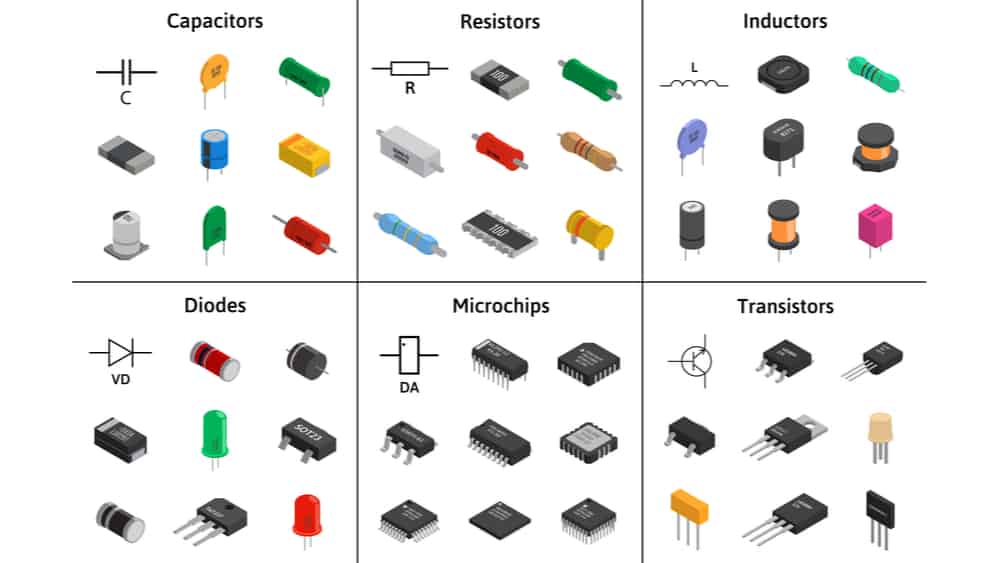When embarking on the journey of electronics, one of the most essential tools in your arsenal is a soldering iron. Whether you're assembling your first circuit board or repairing a device, having the right soldering iron can make all the difference. But with a plethora of options available, how do you determine which soldering iron is best suited for beginners in electronics? This guide will delve into the key features to consider, recommend specific models, and provide tips to ensure your soldering experience is both enjoyable and productive.
Understanding Soldering Irons
Before we dive into recommendations, it’s crucial to understand what a soldering iron is and how it works. A soldering iron is a hand-held tool used to melt solder, a fusible metal alloy, to join electronic components together. The effectiveness of a soldering iron is determined by its wattage, temperature control, tip size, and overall design.
Key Features to Consider
- Wattage: For beginners, a soldering iron with a wattage between 20 to 40 watts is ideal. This range provides sufficient heat for most electronic projects without risking damage to sensitive components.
- Temperature Control: A soldering iron with adjustable temperature settings allows you to work with various materials and components. This feature is particularly beneficial for beginners, as it helps prevent overheating and damage to delicate parts.
- Tip Size and Shape: The tip of the soldering iron is crucial for precision. A fine tip is excellent for detailed work, while a chisel tip is versatile for both large and small components. Beginners should consider a soldering iron that offers interchangeable tips.
- Ergonomics: Comfort is key when soldering, especially for extended periods. Look for a soldering iron with a comfortable grip and lightweight design to reduce fatigue.
- Safety Features: Safety should never be overlooked. A soldering iron with a built-in stand and heat-resistant materials can help prevent accidents.
Recommended Soldering Irons for Beginners
- Weller WLC100: This 40-watt soldering iron is a favorite among beginners and professionals alike. It features adjustable temperature control and a comfortable grip, making it easy to handle. The Weller brand is known for its reliability and quality, ensuring that you have a tool that lasts.
- Hakko FX888D: While slightly more expensive, the Hakko FX888D is a top-tier choice for those serious about electronics. It offers precise temperature control, a variety of tip options, and a digital display for easy monitoring. Its ergonomic design makes it a pleasure to use, even for long projects.
- Velleman VTSS5U: This soldering iron is an excellent budget option for beginners. It comes with a 30-watt power rating and features a comfortable grip. The Velleman VTSS5U also includes a stand and a cleaning sponge, making it a complete starter kit.
- X-Tronic Model 3020: For those looking for a more advanced option, the X-Tronic 3020 offers a digital display, adjustable temperature, and a soldering station with a built-in stand. This model is perfect for beginners who want to invest in a tool that will grow with their skills.
Tips for Successful Soldering
- Practice on Scrap Materials: Before diving into your main project, practice soldering on scrap components. This will help you get a feel for the soldering iron and improve your technique.
- Use the Right Solder: Choose a solder that is appropriate for electronics, typically a rosin-core solder with a diameter of 0.8mm to 1.0mm. This type of solder flows well and provides a strong connection.
- Keep Your Tip Clean: A clean soldering tip is essential for effective soldering. Use a damp sponge or brass sponge to clean the tip regularly during use.
- Don’t Overheat Components: Apply heat only as long as necessary to make a good connection. Overheating can damage sensitive components.
- Safety First: Always work in a well-ventilated area and consider using safety glasses to protect your eyes from solder splashes.
Conclusion
Choosing the best soldering iron for beginners in electronics is a crucial step in your journey. By considering factors such as wattage, temperature control, and ergonomics, you can select a tool that not only meets your current needs but also supports your growth as you tackle more complex projects. With the right soldering iron in hand and a commitment to practice, you'll be well on your way to mastering the art of soldering and unlocking the exciting world of electronics. Happy soldering!

